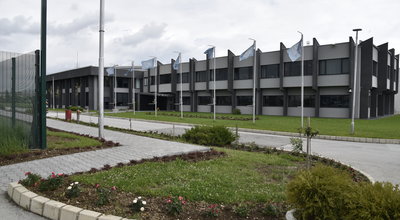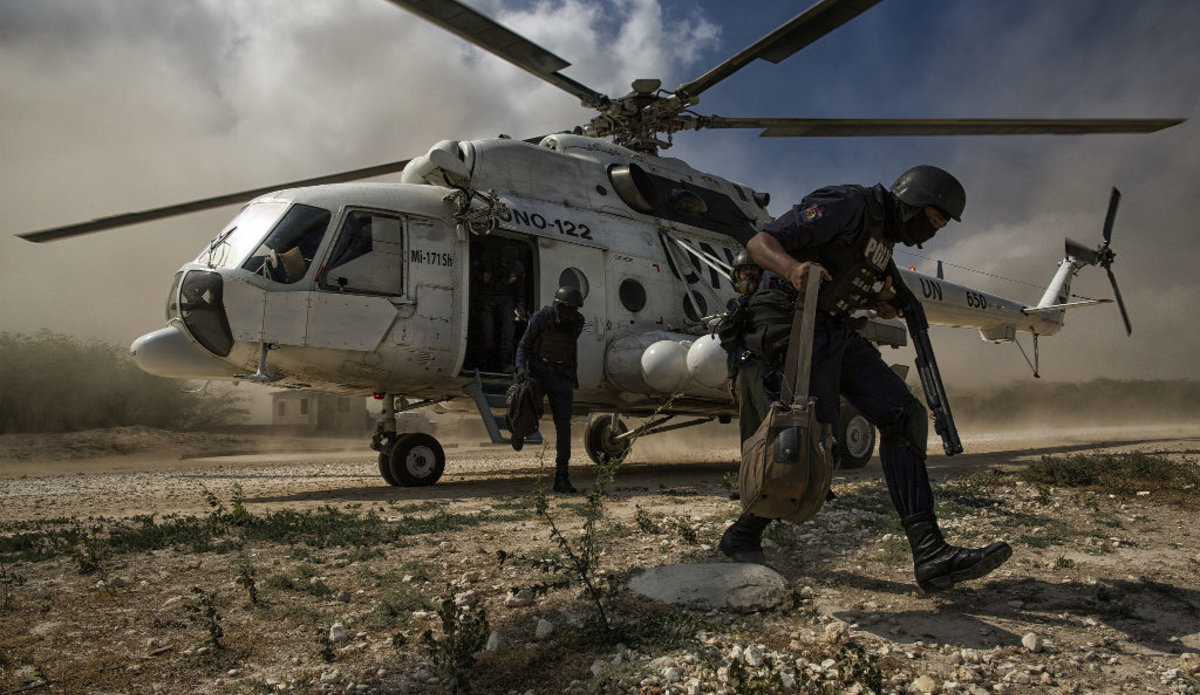Political analysts in Pristina said that Kosovo’s image has suffered because of violent unrest 11 years ago that left 19 people dead.
On the 11th anniversary of the unrest in March 2004, Pristina-based political analyst Imer Mushkolaj said that the outbreak of deadly violence was sparked by frustration among Kosovo Albanians which had accumulated in the years after the 1998-99 war with Serbian forces.
“People’s expectations were great and the events of March 17 came as relief for the anger about all the problems and challenges they faced in the first years of freedom,” Mushkolaj told BIRN.
Nineteen people – 11 Albanians and eight Serbs – died as more than 50,000 participated in the violent unrest on March 17 and 18, 2004. As well as assaults and killings, many Serbian Orthodox Churches were burned down.
The violence erupted after three Albanian children were reported to have been drowned in the Iber River in Mitrovica after allegedly being attacked by Serbs, although they denied any involvement.
Mushkolaj said that the Serb community was targeted out of a feeling of patriotic revenge for the brutal crimes committed in Kosovo by Serbian strongman leader Slobodan Milosevic’s regime.
He said that instead of addressing the UN mission in Kosovo (UNMIK) and Albanian politicians about the continued failures in the country, people treated Serbs as easy targets and damaged Kosovo’s image.
“But from the euphoria that swept through a number of Albanian citizens, the biggest losers were themselves,” he said.
Another political commentator from Pristina, Muharrem Nitaj, said that the March 2004 events were the worst moments in Kosovo’s post-war history.
He said that unfortunately it has never been revealed who organised the violence or who stood to gain from it.
“There were assessments that Kosovo needed exactly such events in order to move things toward the positive side. But I believe that events of March 2004 were the darkest points in Kosovo’s youngest history,” Nitaj told BIRN.
He said that Kosovo was still paying the price for what happened in March 2004 and will continue to do so for a long time.
“It became impossible to correct the damage that was caused. The bad memory of the events will not go away for a long time,” Nitaj said.












